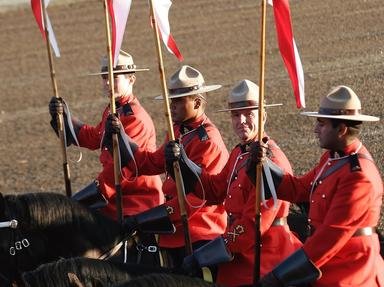Quiz Answer Key and Fun Facts
1. In which decade did the Klondike Gold Rush happen?
2. Who was the first person to stake a claim at the site of the Klondike Gold Rush?
3. The White Pass Trail was one common route to get to the Yukon goldfields. Where did this trail start?
4. Which 53-kilometer (33 mile) trail was used as the shortest and most popular access route from the Pacific coast to the Yukon goldfields during the Klondike Gold Rush?
5. The Klondike Gold Rush saw a flood of about 100,000 prospectors heading for the Yukon. To prevent starvation, Canadian authorities required prospectors to have a year's supply of food. Along with camping gear and mining tools, about what weight of equipment had to be transported by each Klondiker?
6. Dawson City was a settlement created to cater for the thousands of gold prospectors. After whom was the township named?
7. "Soapy Smith" was an American confidence trickster and gangster who ran criminal empires in both Colorado and Alaska. During the Klondike Gold Rush, he operated in the townships of Dyea and Skagway. How did he gain his "Soapy" sobriquet?
8. The name "Klondike" for the river and its surrounding region is of German origin.
9. Which more modern mining technique was used extensively in the Klondike gold fields from the 1910s onwards and saw the decline of many remaining solo operations?
10. Which Canadian author wrote an extremely popular historical account of the Klondike Gold Rush? It was written in 1958 and updated in 1972.
Source: Author
MikeMaster99
This quiz was reviewed by FunTrivia editor
gtho4 before going online.
Any errors found in FunTrivia content are routinely corrected through our feedback system.
